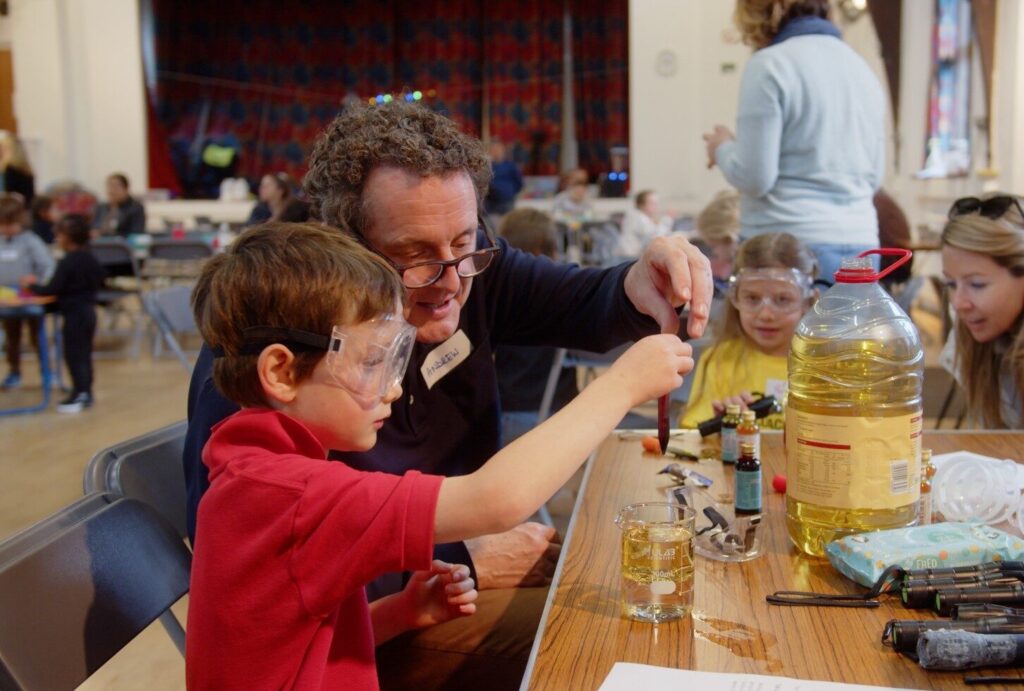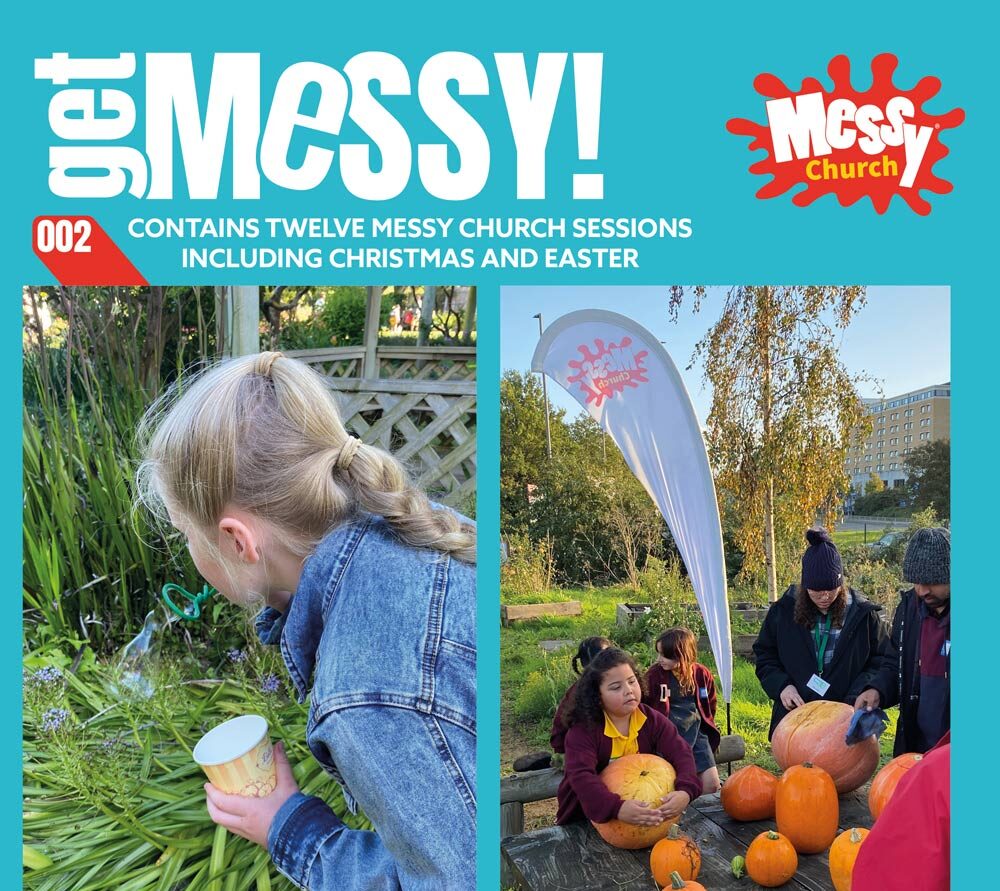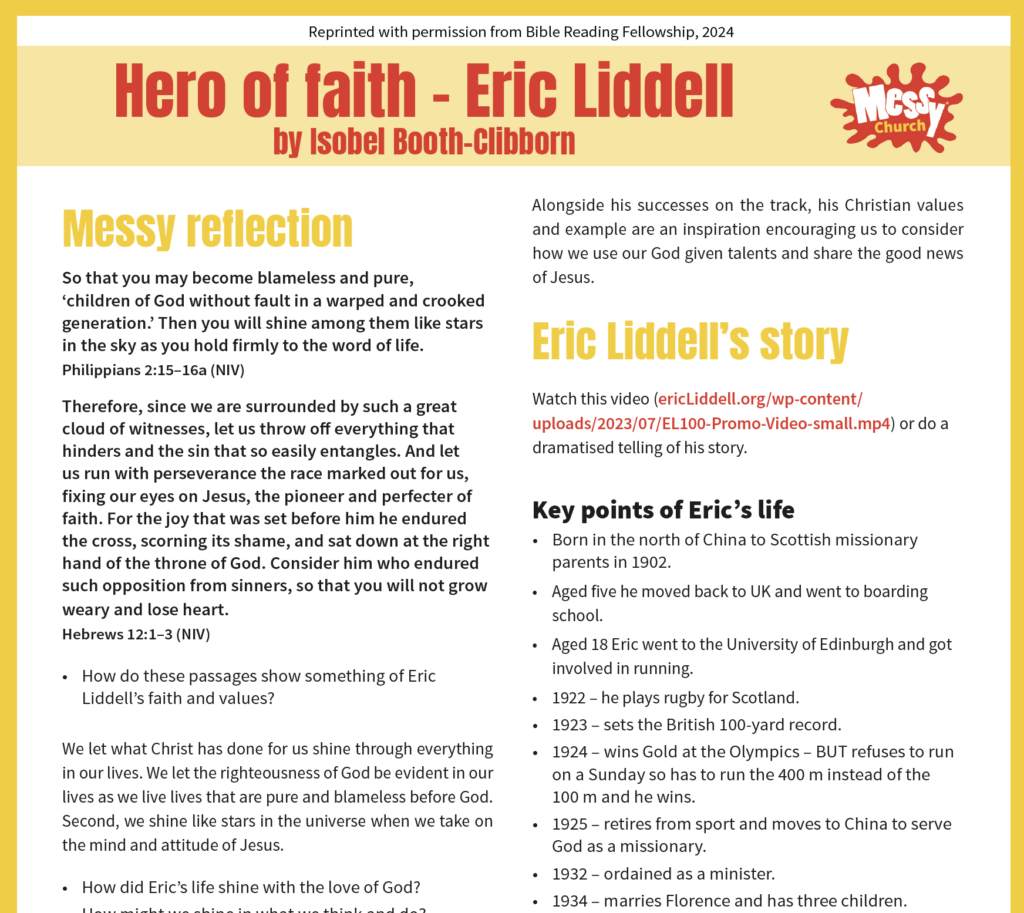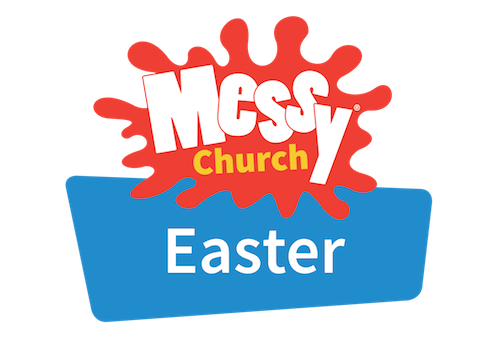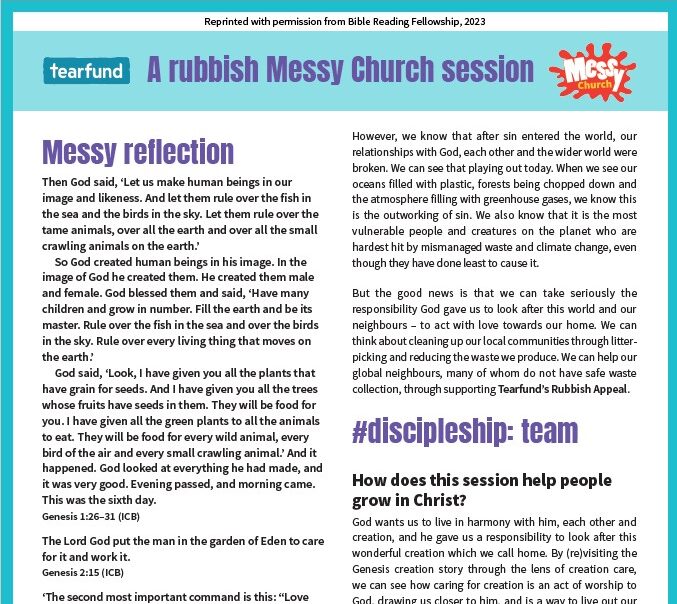Here are ways of exploring and growing liturgy that make sense in a Messy setting.
Liturgy in Messy Church
- Messy Church has found a home in a wide variety of Christian denominations and traditions around the world. Its focus on key Christian values has enabled it to take root across a broad spectrum of churches. As a movement, we celebrate the broad range of different liturgical practices across the churches and humbly expect to learn and benefit from others and to contribute to them.
- It is important that your Messy Church is contextualised within your local community and expresses something of the theology of your church. Messy Church is another congregation of your church, one that is focused on the needs of those outside the church. To encourage a sense of the body of Christ, of community and togetherness across your church, it is helpful if your Messy Church bears a family likeness to what happens in the sending and supporting church, while not limiting its missional power by being inhibited by practices which are not suitable for the Messy congregation.
- The whole of a Messy Church session is, in fact, liturgy, as the congregation moves from welcome to creativity, from gathered story, prayer and songs, to shared meal and on to a farewell and a ‘sending out’. The celebration is the element of Messy Church that will probably offer the most opportunities to reflect the style and ethos of your church community. You may find it helpful to decide what is precious about worship in your church and try to reimagine those aspects of worship for your Messy Church celebration.
- Most of us respond well to patterns in worship and to familiar words and rituals. These can help us to be at ease during worship because we know roughly what is coming next, as well as giving us space for deep truths to take root in our hearts. Many Messy Churches find that the regular use of the same opening song, the inclusion of a special Messy Church prayer each time, and a familiar and trusted pattern for the Bible storytelling are important elements that help Messy congregations to grow in faith together.
- Many Messy congregations include a number of traditional liturgical elements in their celebration times. This might mean the regular use of the Lord’s Prayer, perhaps with simple signing; saying a Messy grace with actions (as suggested in the Messy Church books); using a call and response opening as words of welcome; the lighting of a candle; reading written prayers, or ending with a blessing.
- If liturgy is ‘the work of the people’ (as the literal definition suggests), a Messy liturgy needs to come from and be appropriate for the people present. There is the opportunity during the activity time to prepare objects or visuals that can be used for the celebration. And we need to consider how literate we expect the congregation to be (able to read the words of the Bible, songs or prayers), what level of commitment to Christ we expect them to profess in songs and responses, and how we can create a liturgy that plays to the strengths of the people present, perhaps drawing on the liveliness, ready laughter, physical contact between family members, desire for movement, lack of inhibitions, delight in family, ability to express awe and wonder, and access to smartphones.
- For many Christians Messy Church is an ideal opportunity to celebrate rites of belonging, such as baptism, adherence or initiation. For Messy families, these traditions, reimagined in a Messy Church session but recognisable as part of something wider than that single congregation, are valuable signs of belonging to the church community. There are now very many stories of baptisms happening in Messy Churches.
- Holy Communion often takes place in Messy Churches. There is already a meal within Messy Church, which is at least the first step towards a sacramental practice. A growing number of Messy congregations have used this as a natural springboard for the inclusion of a special moment to break bread and share wine together. There are shortened versions of liturgy to accompany this in most traditions, though many remain too word-based and adult-focused for what is often a visual, active, participatory, multi-age and semi-literate congregation. For the Messy Church community as a whole, Communion is a way of ‘taking things up a gear’, as one leader put it. The discipleship of the congregation as a community is often seen to move faster towards Christ when Communion is celebrated regularly. However this is worked out, as long as it is done thoughtfully, prayerfully and consistently, the body of Christ will be encouraged and blessed.
- The flexibility of Messy Church is something to be valued. There won’t be any demands from ‘traditionalists’ to do it exactly the same every time. Indeed, one element of learning might be that we should actively expect church to develop and change and never to be set in stone. It can remain outward-facing and keep on recreating its liturgy over the years to express hospitality towards those who are not yet members.
- Whatever liturgical elements any particular church tradition makes use of in Messy Church, what really matters is that Messy congregations stick close to the five core values of hospitality, celebration, creativity, being for all ages and being centred on Christ. These are the true hallmarks of Messy Church which can carry its DNA into a whole range of denominational differences. Nobody would expect all Messy Churches to have identical liturgical practice; one strength of this movement of God is that we can all learn from each other as we reimagine what is precious in our own traditions for a Messy Church congregation.
Let us know if you’ve got any thoughts, ideas or questions about liturgy in your Messy Church. Join the conversation on Facebook and Twitter.
